The Great Seljuks: Architects of a Medieval Empire

During the 11th and 12th centuries, the Great Seljuks, a well-known Sunni Muslim dynasty from Turko-Persia, were instrumental in reshaping the Middle East and Central Asia’s political and cultural environments. At its height, their kingdom spanned Central Asia and the Persian Gulf, as well as the Hindu Kush and Eastern Anatolia. This vast domain promoted the advancement of science, art, and commerce, having a profound effect on the areas under their authority as well as other areas.
Origins and Rise to Power
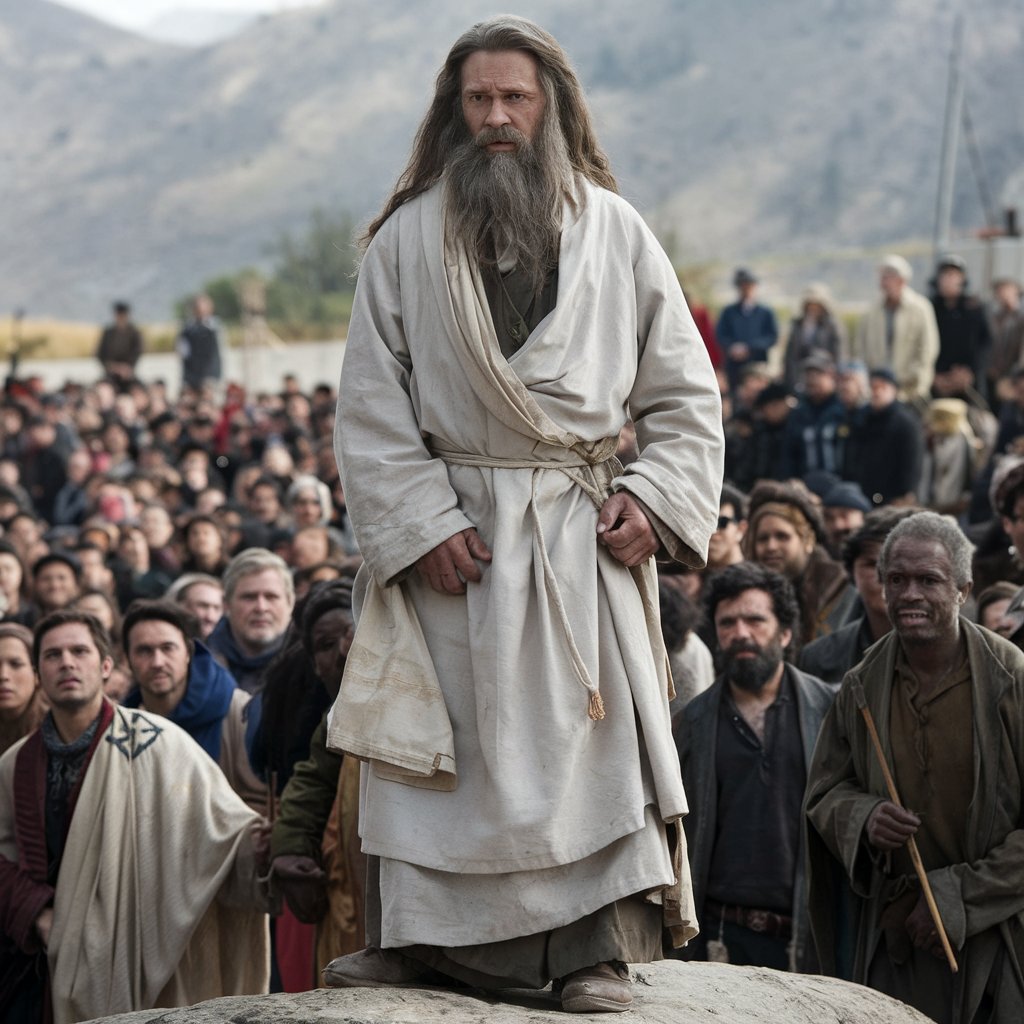
The Oghuz Turks were a nomadic people from the Central Asian steppes who gave rise to the Seljuks. They have the name of Seljuk, their legendary ancestor who drove his people from the Aral Sea region to the west. Tughril Beg, a grandson of Seljuk, led the Seljuks in their ascent beginning around the year 1000. In the Battle of Dandanaqan in 1040, the Seljuks defeated the Ghaznavids thanks to Tughril’s military might and strategic cunning, laying the groundwork for their empire in Khorasan, which included parts of modern-day Iran, Turkmenistan, and Afghanistan.
Expansion and Consolidation
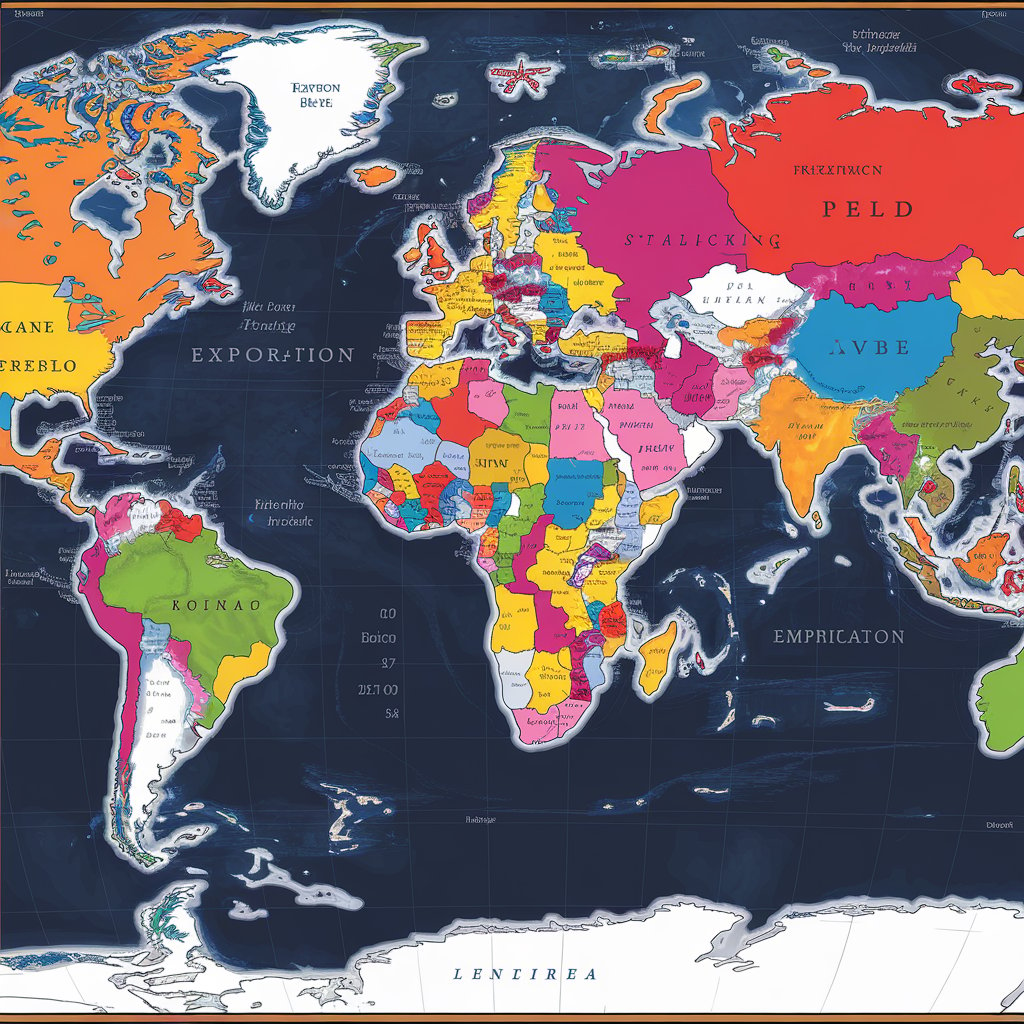
The Seljuks rapidly increased their sphere of influence under Tughril Beg. Tughril became the caliph’s guardian after taking control of Baghdad, the center of the Abbasid Caliphate, in 1055. The Seljuks’ power was further reinforced throughout the Muslim world and their religious validity was enhanced by their connection with the Caliphate.
Tughril’s descendants carried on the empire’s growth and unification, most notably his nephew Alp Arslan and his son Malik Shah. At the Battle of Manzikert in 1071, Alp Arslan defeated the Byzantine Empire, ushering in a new era of Turkish dominance in the region and allowing Turkish settlers to settle in Anatolia. Malik Shah’s rule (1072–1092), which was marked by political stability, economic success, and cultural blossoming, is frequently regarded as the height of Seljuk supremacy.
Administrative and Military Structure
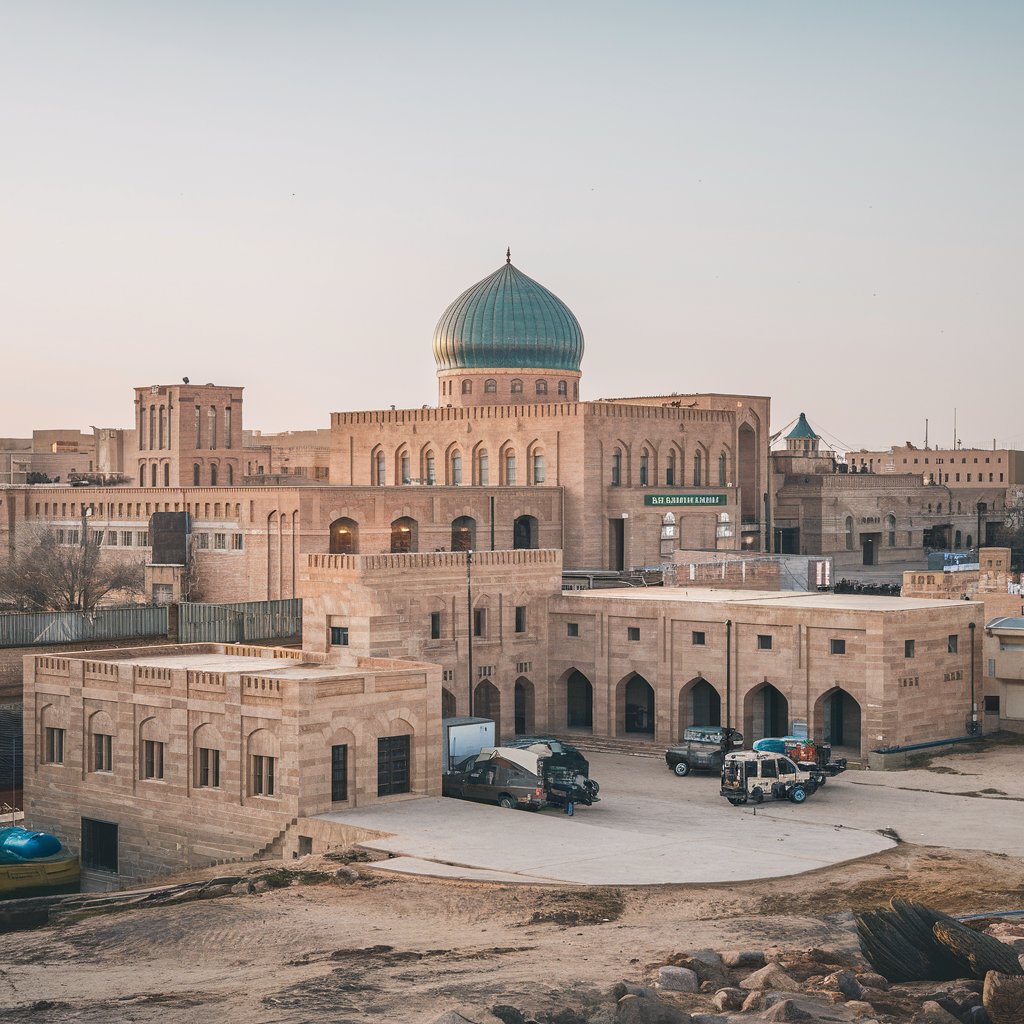
A feudal system was implemented by the Seljuks to govern their enormous realm. In return for their allegiance and military duty, military leaders and governors were awarded fiefs, or iqta, of land. The Seljuks were able to keep control over far-off lands and guarantee the allegiance of their subjects thanks to this method.
Their army, made up of expert horsemen and archers, was a powerful force. Because of their skill at both siege warfare and traditional steppe warfare, the Seljuks were able to successfully capture fortified cities and hold their own territory.
Cultural and Scientific Contributions
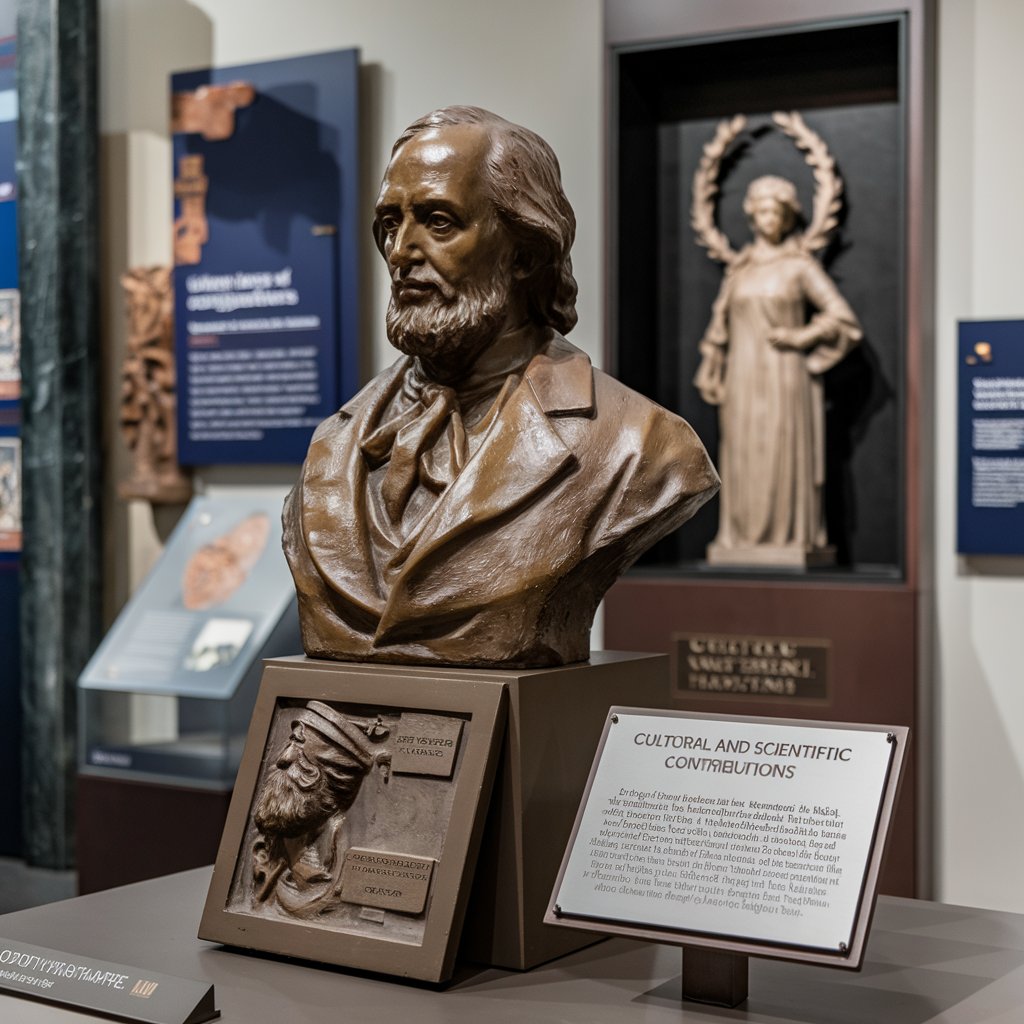
For Islamic and Persian cultures, the Seljuk era was a golden age. The Seljuks fostered a cultural revolution that left a lasting legacy by being great benefactors of learning, art, and building. They constructed amazing mosques, hospitals, caravanserais (roadside inns), and madrasas (schools), many of which are still considered architectural wonders today.
A prominent contribution made by the Seljuks to Islamic culture was the founding of the Nizamiyyah Madrasas, which bears the name of the powerful vizier Nizam al-Mulk. These establishments developed into hubs for knowledge and scholarly discourse, drawing academics from all across the Muslim world.
The Seljuks’ emphasis on study and education was vital to the advancement and preservation of knowledge throughout the Middle Ages.
The Seljuk Legacy in Anatolia
In addition to being a momentous military success, the Battle of Manzikert in 1071 also signaled the beginning of the Turkish migration into Anatolia, which would drastically alter the demographic and cultural landscape of the area. A new governmental body that functioned as a link between the Islamic and Christian cultures was established when the Seljuks established the Sultanate of Rum in Anatolia.
By fusing Byzantine, Persian, and Turkish elements, the Seljuks of Rum carried on the legacy of patronage in architecture and culture while establishing a distinct Anatolian civilization. During this time, remarkable architectural structures were built, such as the Alaeddin Mosque and the Great Mosque of Konya, which are prime examples of the blending of many cultural aspects.
Decline and Fragmentation
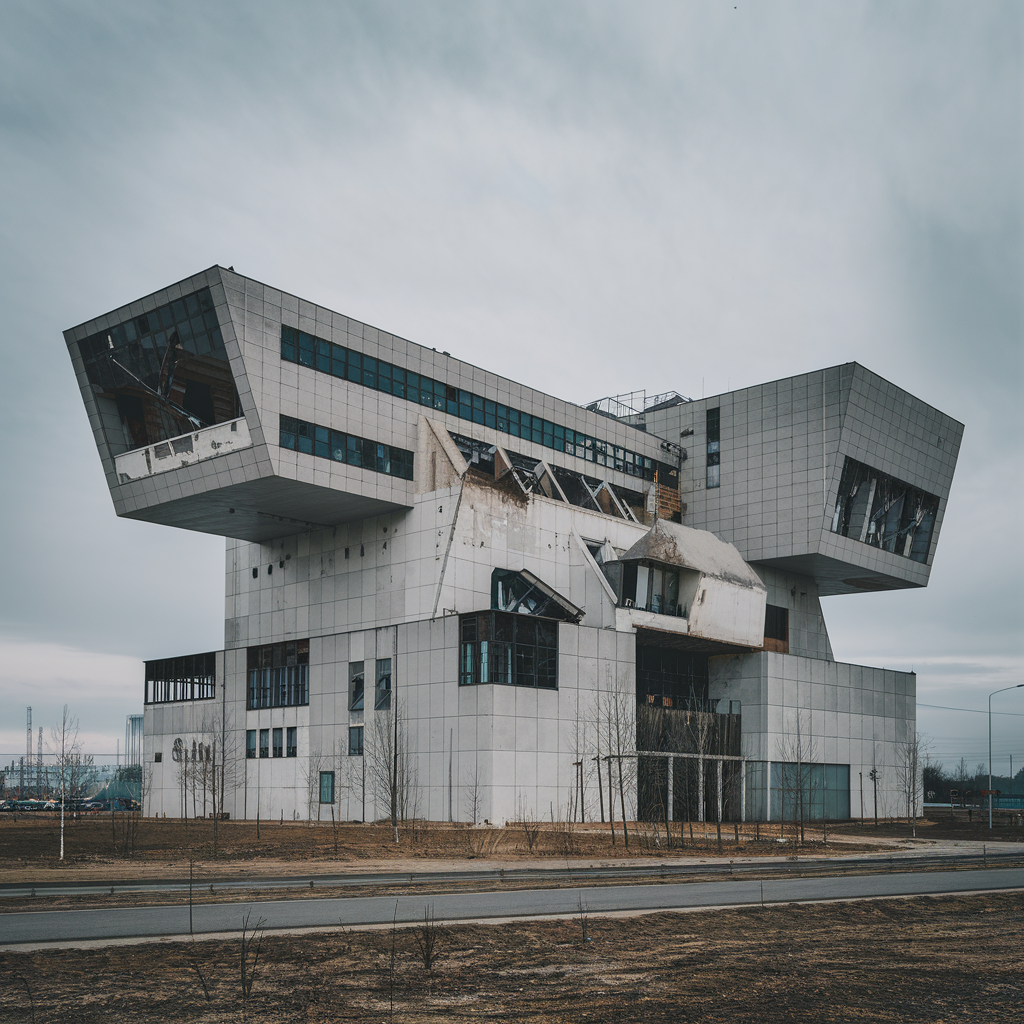
The Great Seljuks encountered several difficulties that ultimately contributed to their downfall, despite their remarkable accomplishments. When Malik Shah passed away in 1092, rivalries and power struggles among his successors started. Central control was weakened as the empire broke up into smaller, semi-independent entities governed by several Seljuk princes.
The Seljuk lands were further stressed by the advent of the Crusaders in the late 11th and early 12th century, which resulted in a number of battles and territorial losses. In addition, the residual Seljuk lands faced serious dangers from the emergence of new powers like the Khwarazmian Empire and the Mongols.
Legacy and Influence
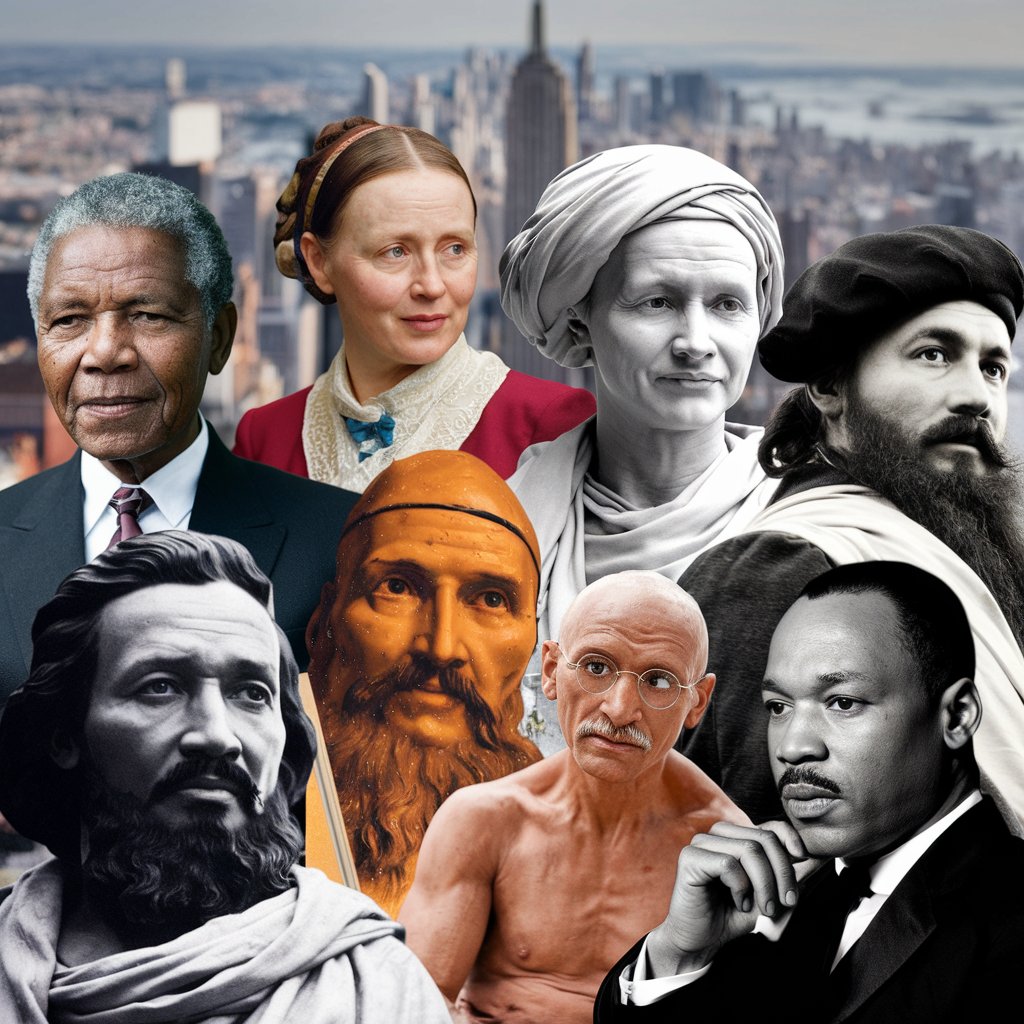
The impact of the Great Seljuks went beyond their military and political prowess. Their support of Islamic scholarship and Persian culture had a significant and long-lasting effect on the areas they controlled. They founded educational and architectural institutions that inspired generations after them.
The Ottoman Empire emerged as a result of the Seljuks’ contribution to the formation of Turkish states in Anatolia and the dissemination of Turkish culture. The Seljuk heritage was carried on and expanded upon by the Ottomans, who would go on to establish one of the greatest empires in history. This was especially true with regard to military structure, cultural patronage, and governance.
Conclusion
The history of the Middle East and Central Asia is forever altered by the vibrant and powerful Great Seljuk empire. Their empire, which was distinguished by its military might, creative administrative techniques, and artistic patronage, laid the groundwork for the medieval Islamic world’s growth.
The legacy of the Seljuks is still honored today for its contributions to science, art, and culture as well as for playing a crucial part in determining the political climate of the area. By their actions, the Seljuks made sure that their legacy would live on long after their political influence diminished, leaving behind an enduring legacy that is still studied and appreciated today.
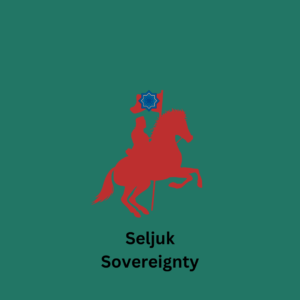


































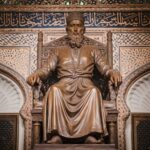
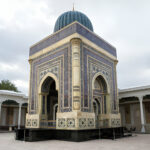
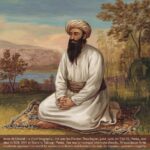




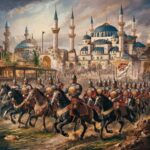
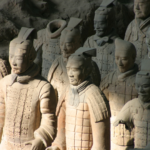
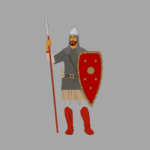
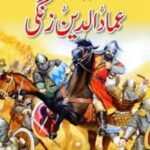
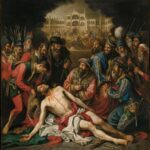
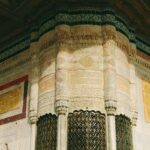
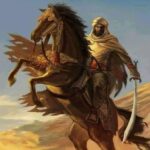
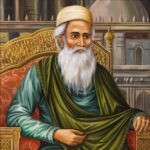









1 thought on “The Great Seljuks English Subtitles”